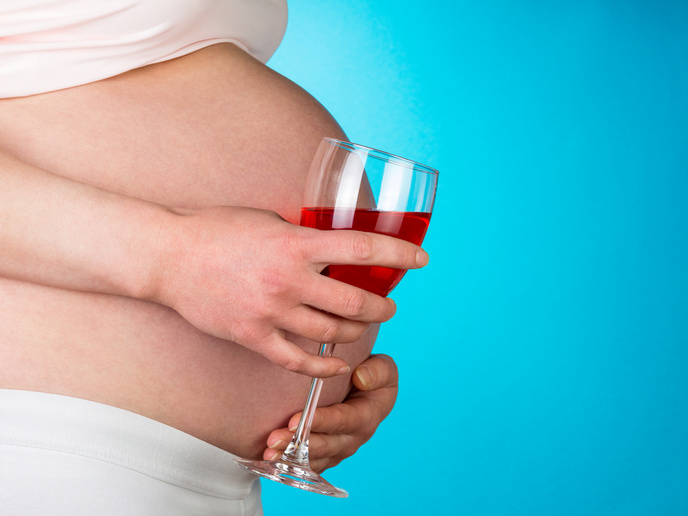Calibrating the net quality of foods
When the EU-funded Qalibra project commenced, work on the assessment of food quality and safety had been very limited. Focusing only on specific problems, the approach to the area was not integrated and, furthermore, the dissemination of information did not address health benefits or, indeed, any uncertainties. Qalibra researchers studied existing models, chose the most appropriate for evaluation of health impacts and refined them for inclusion in the proposed framework. Measurements such as disability adjusted life years (DALYs) were incorporated to quantify the balance of risk and benefit. Moreover, methods to characterise the main types of uncertainty affecting food safety were identified. Web-based software integrating the methods was tested and evaluated for ease of use by all interested parties and end users. Participants in workshops brought useful feedback from food authorities, the food industry, public health professionals and academia. Specific case studies on food groups included oily fish and functional food. One prime example was margarine enriched with phytosterolesters, additives thought to reduce cholesterol absorption. Dissemination was a major part of the overall project. Posters, reports, scientific papers and workshops were all instrumental in communicating the new framework to as many stakeholders as possible. The Qalibra scientists collaborated with other similar research initiatives and a common dissemination strategy was formulated. The finished software product has been primarily designed with risk assessors in the food industry in mind. Risk benefits issues are very much a part of policymaking with regard to food, developing new food products and giving advice to consumers on dietary choices.







